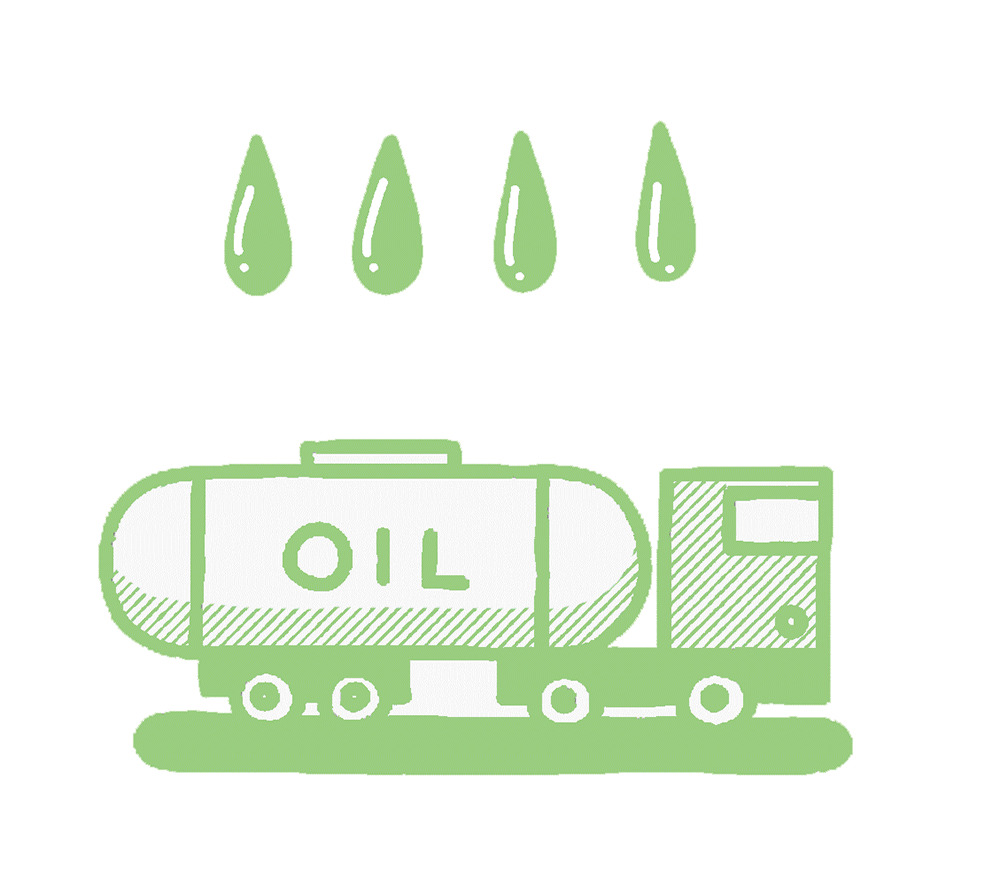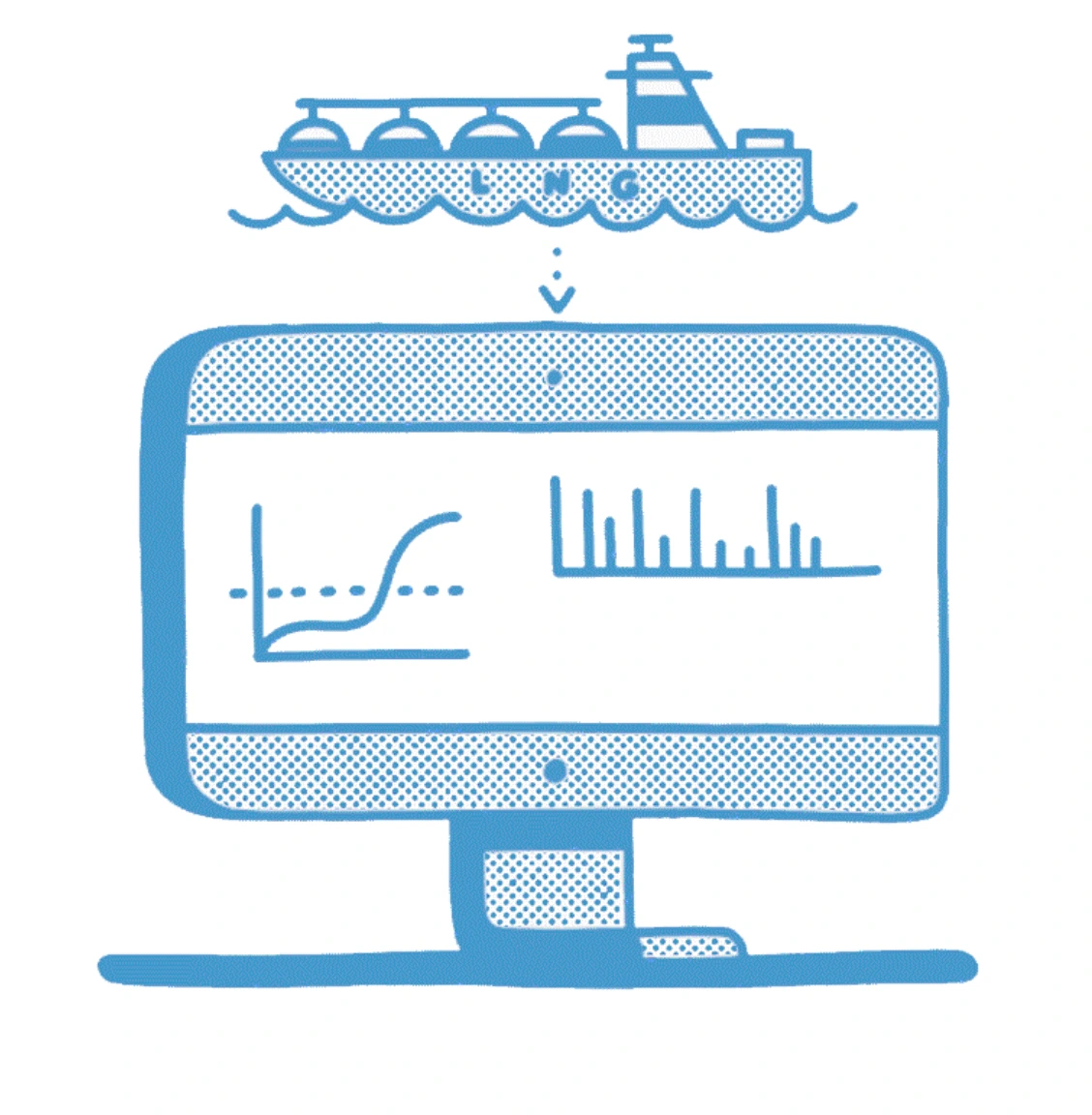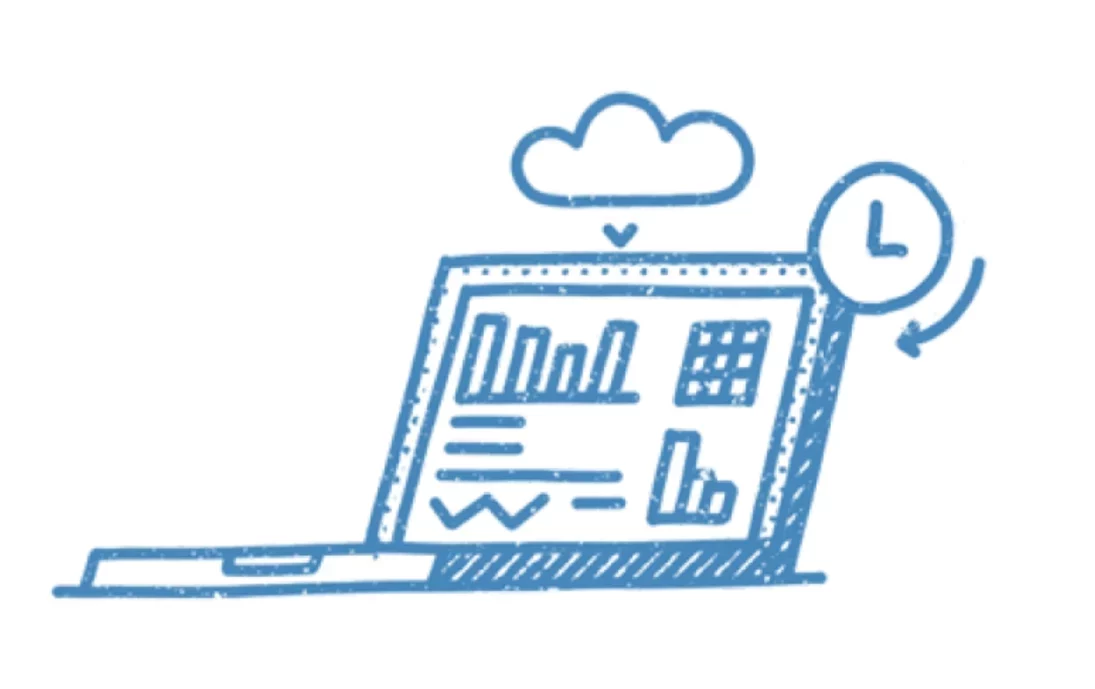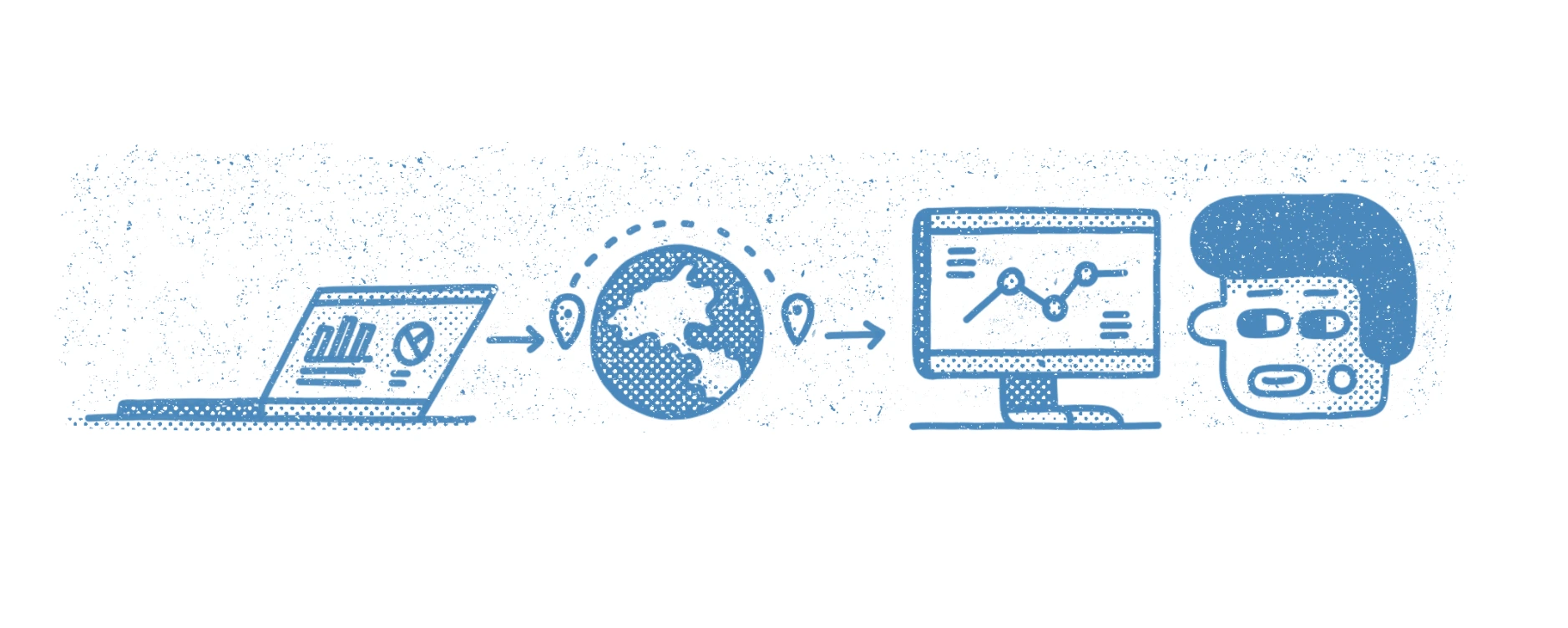Cargo despatching
Access timely and accurate production data at every stage to ensure good planning and forecasting for a smooth cargo tracking operation.

Accurate. Efficient. Full picture.
Oil and gas products are frequently transported by ships and trucks. Often, these shipments can contain cargoes owned by more than one partner, known as ‘parcels’. It is necessary to use cargo tracking to identify product movements from the point of load to the delivery or sales point, in order to reconcile the amounts received with the amounts sold, to manage the resources needed to store and transport the products, and to ensure that the owners of the product know their location. When a lifting occurs, there is shipping documentation to prepare and distribute.
Good planning and forecasting are key to a smooth operation when it comes to cargo tracking; products must be lifted within a narrow time window that ensures safe management of the storages and minimises the cost of vessels waiting to load. This requires accurate information on the quantities and qualities of product entering the storages and forecasts of future production, as well as the availability of vessels to transport the product.
Data collection, validation and management
Operators who are transporting oil and gas products will need to capture data such as:
- Measurements – lifted and/or delivered volumes
- Storage inventories and opportunities for extra (spot) cargoes
- Truck tickets
- Samples and laboratory analyses
- Production forecasts
EnergySys allows data to be entered directly into the screens, posted to the system as email attachments, retrieved from other systems automatically via Connectors, or uploaded from files. Files can be in Excel, CSV or text format, and you can load them in bulk by providing a zip file. The layout of these upload files is not specified by the system, and the import process can be configured to read almost any layout and import the data to the system. For automated interfaces with a SCADA system or data historian, data can be uploaded via a web services interface. Validation and verification checks can be undertaken on all raw data imported into the system.

Planning and forecasting
The transport operator needs an overview of when ships or trucks will be needed to lift product from the tanks, what vessels are available and when, and what quantity will need to be transported. These plans can be short or long term. The annual delivery programme sets the expectation for the year, allowing planning of infrastructure and resources. Short term plans focus on the detail of each lifting – when the vessel will arrive and depart and exactly how much it will lift. For each lifting, it is necessary to keep track of the information related to the product loaded on the vessel and produce shipping documents.
In creating these plans, the Operator needs to be able to assess possible operating scenarios, with due regard to capacity and throughput limitations and availability of resources. This may result in adding new liftings or curtail liftings. EnergySys can be used to assess where these changes should be implemented, giving due consideration of operational, commercial and other factors.

Calculations
The development of the lifting schedule can be a complex calculation, requiring information on forecast production rates into the various storages, the location and availability of transport vessels and other factors such as tide levels in the port. It is likely to be accompanied by commercial calculations governing who is entitled to lift product from the storages, and how much they can lift. This might be through a First-In-First-Out queue, for example, sometimes with additional priorities for specific parties. It is necessary to keep track of these accounts; how much each company owns of the volumes presently in the storage and the ownership of the volumes transported.

Commercial
How the transportation network is used by participants will be governed by commercial contracts, which can include complex arrangements for capacity restrictions, spot cargos, pricing regimes, and tariffs. The product that is moved and stored in the network will often be owned by more than one company, meaning that product ownership must be tracked. The terms of these agreements differ widely and are usually very specific to the asset in question.
In some agreements, there might be the facility for owners, participants, and third parties, to trade or swap cargos to meet long or short-term goals. The Operator must keep track of these arrangements and, potentially, provide a platform on which they can be agreed.
The EnergySys Cloud Platform allows you to define logic to meet your particular requirements when it comes to cargo tracking. More importantly, it provides a flexible platform for the user to make changes when the business process or requirements change.

Reporting
The data stored and generated in the system is used for daily, monthly and annual reporting, internally and to partners and government. These reports are likely to cover:
- Commercial allocation of liftings and inventories
- Shipping and trucking documents
- Invoices
- Environmental impact
- Regulatory submissions
- Performance against plan, and forecasts of future operations
Data can be exported via our web-services interface, which provides the mechanism to interface with almost any third-party system, or transmitted by email as an attachment. Attached reports can be configured to suit the layout requirements of the recipient.
Automation
Many of the activities described above – data collection and validation, calculations, report creation and distribution, for example – can be automated, freeing the team to assess performance and identify opportunities for improvement. Automation of any sequence of tasks is straightforward and can be configured by the end user to suit their specific business processes.
